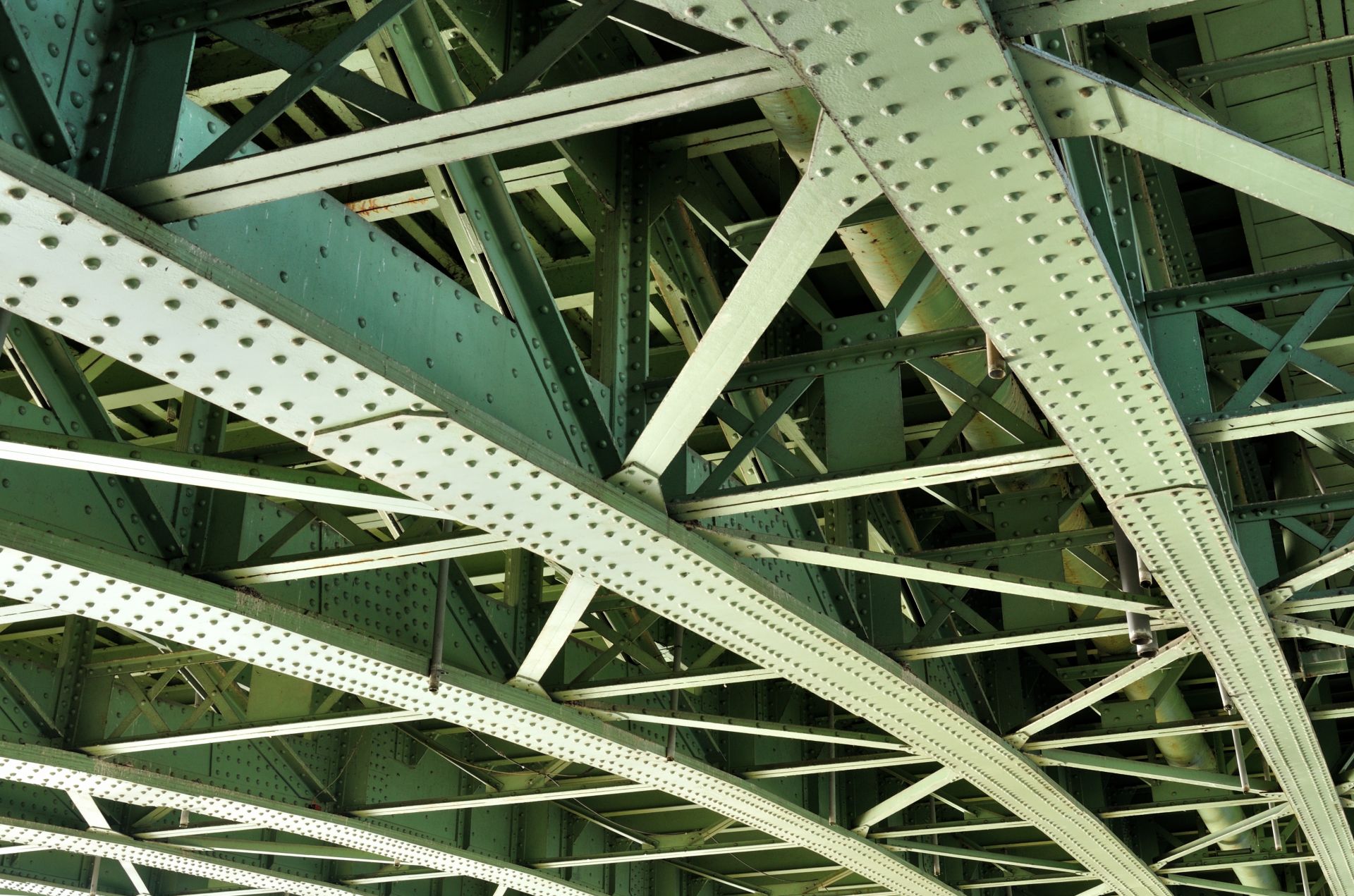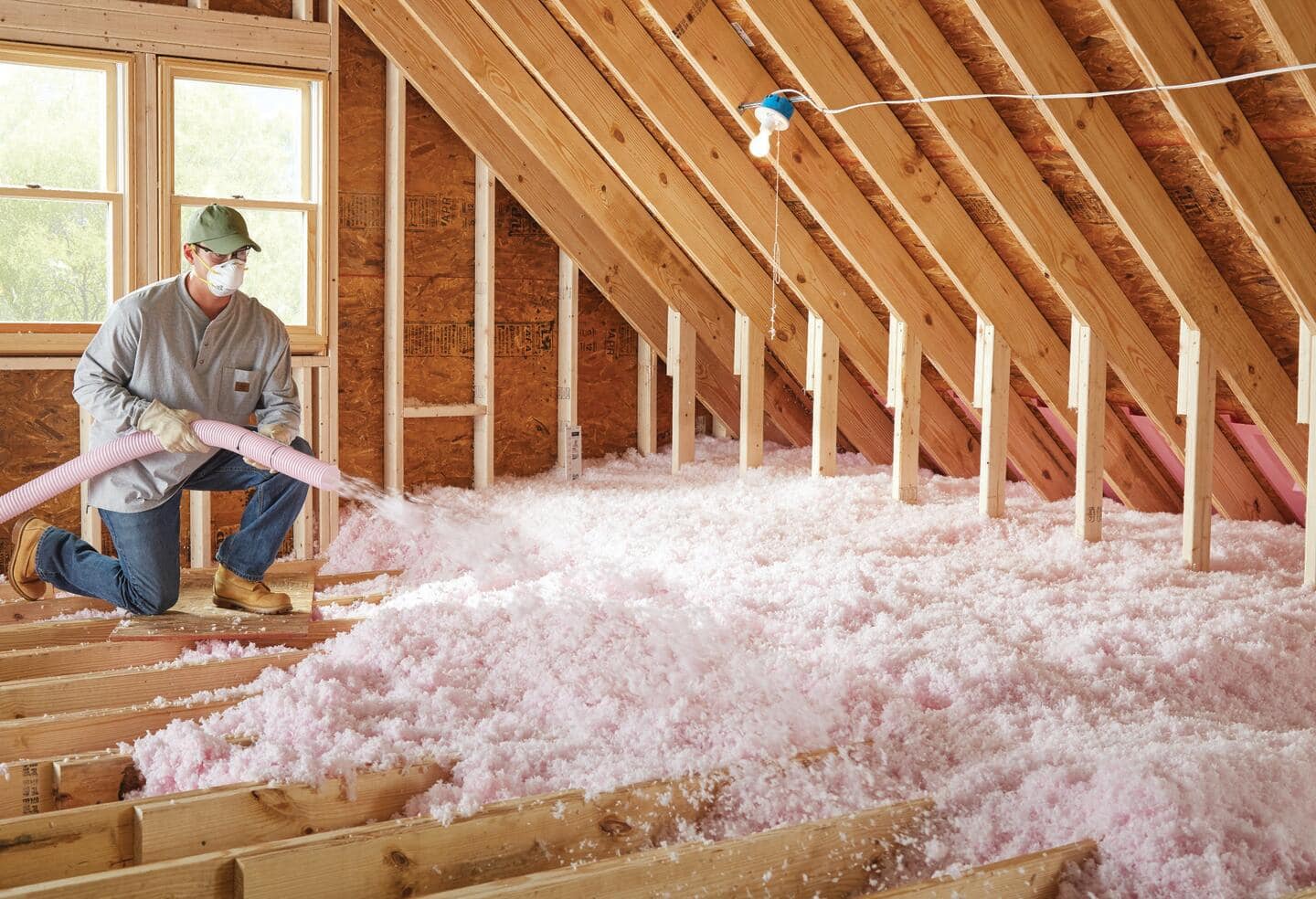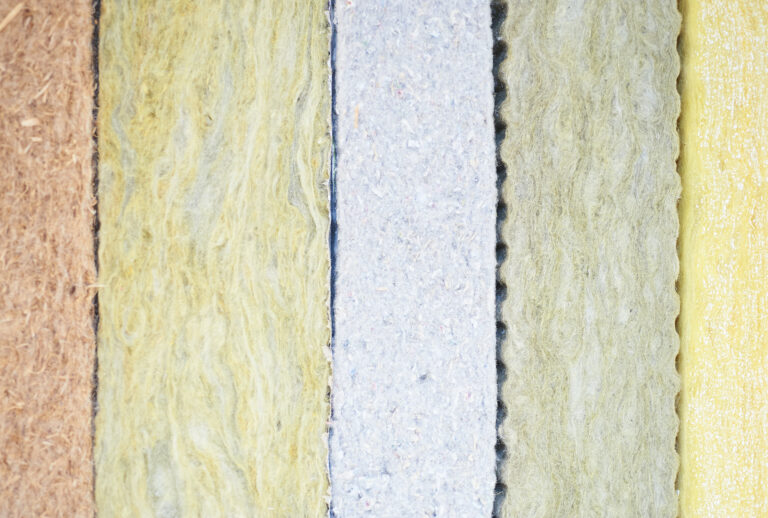When it comes to energy conservation, laminated insulation material is often overlooked. However, this simple and cost-effective solution offers a range of benefits that cannot be ignored. Not only does it help to reduce the amount of heat lost through walls and roofs, but it can also drastically improve the comfort levels inside buildings by keeping out unwanted drafts.
Furthermore, its easy installation makes it ideal for both residential and commercial applications. This article will explore the advantages of using laminated insulation material for energy conservation in greater detail.
Increased Thermal Efficiency
The use of laminated insulation material in energy conservation efforts offers numerous advantages. One such benefit is increased thermal efficiency, meaning that the insulation material can help to better regulate and slow down heat transfer within a certain environment. This improved thermal efficiency helps lower energy costs by reducing the amount of energy needed to maintain desired temperatures, thereby prolonging the lifespan of your HVAC system while also decreasing associated emissions.
The unique layering construction of this type of insulation further enhances its thermal properties and makes it an ideal choice for both commercial and residential projects alike. Its durability ensures that it will provide effective protection against heat loss over time, making it a cost-effective solution for any building project looking to reduce its overall costs while still maintaining adequate levels of temperature control.
Improved Structural Integrity

Laminated insulation material offers improved structural integrity and is highly beneficial for energy conservation. It is composed of several layers of different materials, which provide a higher degree of strength and stability compared to traditional single-layer insulation materials. This increased durability helps prevent thermal bridging, reducing heat loss through the walls or roofing structure.
Additionally, laminated insulation material can also be used in areas where airtightness is important such as doors and windows, helping to reduce drafts. Furthermore, this type of insulation offers superior resistance against moisture build-up within wall cavities by providing an effective barrier that prevents water from getting inside the building envelope. With these features combined, laminated insulation provides a powerful solution when it comes to energy efficiency while simultaneously increasing the structural integrity of any given space.
Cost Savings on Heating and Cooling Bills
Laminated insulation materials are becoming a popular choice for homeowners looking to reduce their energy costs. Not only do these materials provide superior insulation, but they can also save you money on your heating and cooling bills. Laminated insulation material is one of the most cost-effective ways to conserve energy in your home. By using this type of material, you can significantly reduce the amount of energy required to keep your home comfortable during temperature extremes.
Additionally, because these materials last longer than traditional insulation options, they may end up saving you money over time due to reduced maintenance needs as well as decreased replacement costs. All in all, investing in laminated insulation material is an excellent way to achieve significant savings on both short-term and long-term heating and cooling bills while helping protect the environment through increased energy efficiency.
Extended Lifespan of Insulation Material

When it comes to energy conservation, the durability and longevity of insulation material are major factors. Laminated insulation materials offer superior extended lifespans compared to other materials due to their unique properties. The combination of different layers provides strong protection against environmental factors such as humidity, temperature extremes, and UV radiation which can cause deterioration over time.
Furthermore, the laminated insulation material is more resistant to damage from mechanical forces than its non-laminated counterparts, leading to improved long-term performance in terms of soundproofing and thermal efficiency. This ultimately ensures that buildings remain efficient with less maintenance required over time. As such, users benefit from cost savings associated with reduced replacement costs for insulation material due to its longer lifespan when compared with other alternatives on the market.

